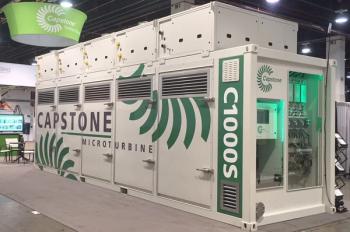
More on rotor misalignment
The misalignment of turbomachine train rotors is the second most common malfunction of turbomachineries (the first most common malfunction is unbalance). Turbomachine alignment procedures have been involving quite sophisticated laser-optic instrumentations. Nowadays, laser-optic methods are considered routine. Literature on ‘how to align a turbomachine’ are popular. However, misalignment effects and condition monitoring methods have not drawn that much attention. There is relatively little published on the misalignment malfunction, and its destructive effects on turbomachines.
One of the main effects of misalignment between rotors in a turbomachine train is the generation of rotor load in a specific radial direction. The misalignment causes a radial force which pushes the rotor to a side. The same result could occur by a strong radial component of a fluid flow in a turbomachine.
The gyroscopic effect (a speed dependent component), the gravitational load on horizontal rotors, the thermal expansion load, offset, cocked bearing-related load and gear mesh forces can also affect rotor loadings. A rotor is displaced from its original position due to radial forces and is moved to higher eccentricity ranges. It could also become bowed and rotate in a bowed configuration. In these conditions, nonlinear effects of the system become active. Any mathematical formulations for the misalignment (or an excessive radial load) should contain stiffness-related nonlinear terms (or often corrective linear terms which approximate active nonlinearities in the system).
Due to nonlinearity, a forced response of a rotor generally contains the synchronous component and its higher harmonics (2, 3, 4 and so on). The radial force also causes the shaft average position to be affected by the nonlinearity. Higher harmonics (particularly 2×), abnormal orbital motion, abnormal radial average shaft centerline position and abnormal shaft versus casing motion are indicative of excessive misalignment or radial loads.
In a misalignment situation (or as the result of an increasing radial load), the elliptical nature of rotor center orbit transferred to the ‘Banana’ shape (because of nonlinear effects). In other words, as the orbit changes from an elliptical shape to a ‘Banana’ shape, it could be an indication that components of higher frequency are present.
Axial measurements could additionally indicate an impending excessive radial load, or a misalignment problem in a turbomachine. A continuously-acting radial load (as the result of a misalignment or an excessive machine/fluid radial load) on a rotor can cause reversal stress in rotor fibers. For a high-speed continuously operating turbomachine, the number of stress reversal cycles may swiftly reach fatigue limit, which can lead to rotor cracking and premature rotor failure.
Newsletter
Power your knowledge with the latest in turbine technology, engineering advances, and energy solutions—subscribe to Turbomachinery International today.





